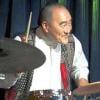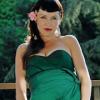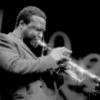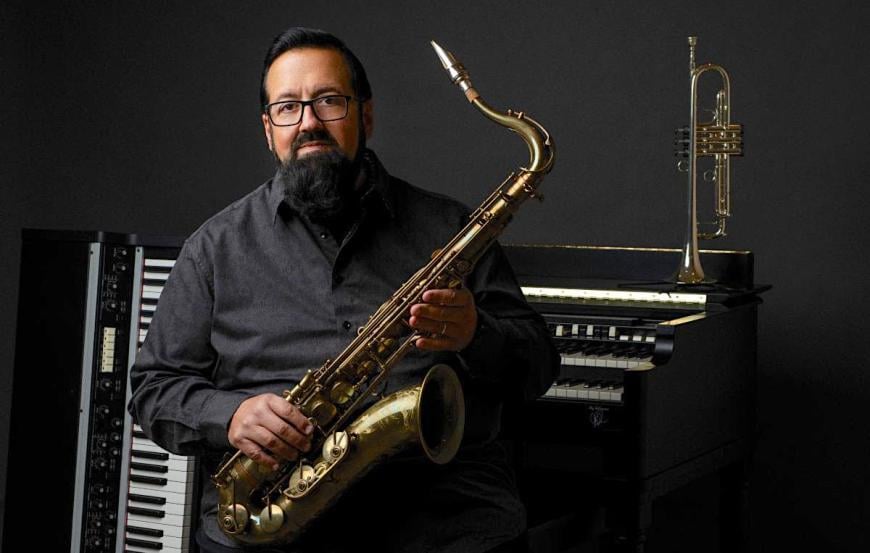
With the death last September of organist Dr. Lonnie Smith, an iconic figure due to his musical prowess, omnivorous repertory, and impish mien set off by his trademark turban, jazz lost one of the last major links to its working-class roots. Launched in the mid-1950s by the virtuosic Jimmy Smith, the populist Hammond B-3 era thrived for some two decades within an urban archipelago of bars, joints, and nightspots that catered to Black audiences. The fact that the instrument was transplanted from the church highlighted the inextricable, soul-steeped kinship between gospel music, blues, and jazz, African-American idioms that flow from a wholistic aesthetic equally apposite in exuberantly sacred and carnally secular settings.
The B-3 never disappeared, but the scene that sustained soul-jazz organ combos — usually lean, economical trios featuring drums and guitar or saxophone — faded rapidly in the 1970s. Hammond even stopped manufacturing the bulky instrument in 1975, which turned technicians who could nurse an ailing B-3 into prized contacts. Many of the old-school masters continued to perform into the 21st century, including Brother Jack McDuff, Jimmy McGriff, Rhoda Scott, Big John Patton, Dr. Lonnie Smith, and the irascible patriarch himself Jimmy Smith. But it wasn’t until a teenage wunderkind named Joey DeFrancesco emerged in the late 1980s that the ongoing B-3 revival took off.
A third-generation jazz cat from Philadelphia, a city with a particularly deep organ legacy, he was the son of “Papa” John DeFrancesco, a respected, hard-swinging B-3 practitioner himself. Demonstrating conspicuous affinty for the keyboard, Joey was good enough to start sitting in on his father’s gigs at 6. He hadn’t graduated from high school yet when Miles Davis, jazz’s most consequent talent scout, recruited him for a tour that lasted several months. With the release of his first album at the age of 17 on Columbia, 1989’s All of Me, DeFrancesco became the prime force behind the Hammond organ’s resurgence (which was further powered in the 1990s by the vinyl-philic acid-jazz movement that mined soul jazz LPs for irresistable grooves).
DeFrancesco arrives in the Bay Area for gigs at Yoshi’s (Wednesday, Jan. 12) and Kuumbwa Jazz Center (Thursday, Jan. 13) with his new trio, and while he’s still heralded as the instrument’s reigning heavyweight champion, these days describing him as an organist is no longer accurate. His new album, More Music, features his first recorded forays on tenor saxophone, which expands an arsenal that already included keyboard, piano, trumpet, and vocals. Like his organ prowess, DeFrancesco embodies a more-is-more approach to musical expression.
“He’s obviously a genius, the best Hammond organist that ever lived,” says Brian Charette, a stellar organist and pianist himself who performed last month with DeFrancesco in New York. Friends for the past decade, they’ve worked together in a variety of settings in a collaboration that allows DeFrancesco to step away from the B-3 while Charette holds down the pedals. Coincidentally, Charette is also in town this month performing at Kuumbwa (Thursday, Jan. 20) and Yoshi’s (Monday, Jan. 24) with guitarist Will Bernard and drummer Tommy Igoe.
“Joey is so supportive of me,” Charette says. “It’s very flattering. He can call anybody he wants, so it’s an amazing validation. The concerts can go anywhere. His command is awe inspiring. I think I play very differently than he does. I’m much more minimal. I can’t play like he does and I don’t try, so when we play together, we complement each other very well.”
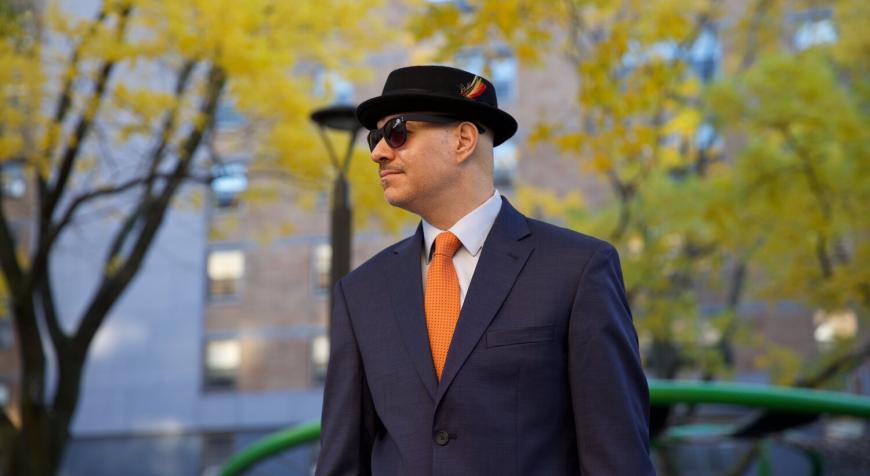
One needn’t wait for touring organists to hit town to experience the power and surging sound of a B-3 organ. There are several venues that feature the instrument prominently, most importantly the Royal Cuckoo, a Mission District dive that opened 11 years ago with a Hammond B-3 installed behind the bar. Owned and run by Debbie and Paul Miller, the bric-a-brac clad venue is the homebase of his sister, jazz and blues vocalist Lavay Smith, and her partner, Red Hot Skillet Lickers pianist Chris Siebert.
Siebert had wanted to learn the B-3 for years, and when the Royal Cuckoo opened, he and Smith convinced the Millers to include the B-3 (there wasn’t room for it and the requisite Leslie speakers anywhere else but behind the bar).
After a couple lessons with Santana organist David K. Mathews, he turned the Cuckoo into an ongoing workshop as the house organist. Steve Lucky is the regular sub, and Chris Burns holds forth twice monthly with the great R&B vocalist Freddie Hughes. The recently departed jazz and blues vocalist Denise Perrier stopped by regularly and another octogenarian San Francisco jazz great, Mary Stallings, “said this is like the places she grew up in,” Siebert says. “It’s a vibe that’s not so in favor anymore.”
He was drawn to the instrument as a staple of the soul music he loved on Stax and the soul/jazz sound exemplified by Jack McDuff and Jimmy McGriff, Jimmy Smith, and Shirley Scott. “But it’s one thing to listen to it and another to play it,” Siebert says. “I’m still learning. It’s a very warm, soulful sound that was designed to replace church organ. It’s got an incredible amount of dynamics. You can pull the draw bars, which gives you all kinds of tonal combinations.”
These aren’t the best of times for Bay Area organ fans but there’s plenty to be thankful for. While Wil Blades, a Dr. Lonnie Smith protégé who was the most visible Bay Area B-3 player for two decades, moved to Los Angeles several years ago, there are several excellent players coming up. One of the most prodigious organists on the Bay Area R&B and hip-hop scene is Oakland’s church-reared L.J. Holomon, who played regularly at the Madrone Art Bar for years with jazz saxophonist Howard Wiley. San Jose’s Brian Ho is a rising B-3 player who’s been working with jazz guitar star Mimi Fox. Alameda pianist Adam Shulman, best known as an accompanist for leading Bay Area jazz singers, has been honing his organ chops in recent years. And Berkeley’s Max Cowan has forged a rambunctious Oaktown-meets-New Orleans sounds in the duo Atta Kid.
One reason the Hammond organ continues to thrive in the Bay Area is the indefatigable Pete Fallico, who has championed the instrument and its practitioners as a KCSM DJ, concert promoter, and podcaster and producer. Over the past four decades, he has presented just about every B-3 great in concerts for SFJAZZ, San Jose Jazz, and the Monterey Jazz Festival, often creating multi-organ programs that build on the singular camaraderie of B-3 players. When Chester “CT” Thompson was ready to reintroduce himself as a leader in 2012 after decades with Tower of Power and Santana, Fallico released Mixology on his label Doodlin’ Records, CT’s first solo album in 40 years.
“People want to hear organists,” Fallico said. “But there’s a lot of frustration now with the pandemic. It was hard enough traveling with the instrument before. It’s a beast. Because of the pandemic, people have found other ways of delivering organ music. But there’s nothing like seeing the furniture on the stage, hearing the thumping of the Leslie speakers.”
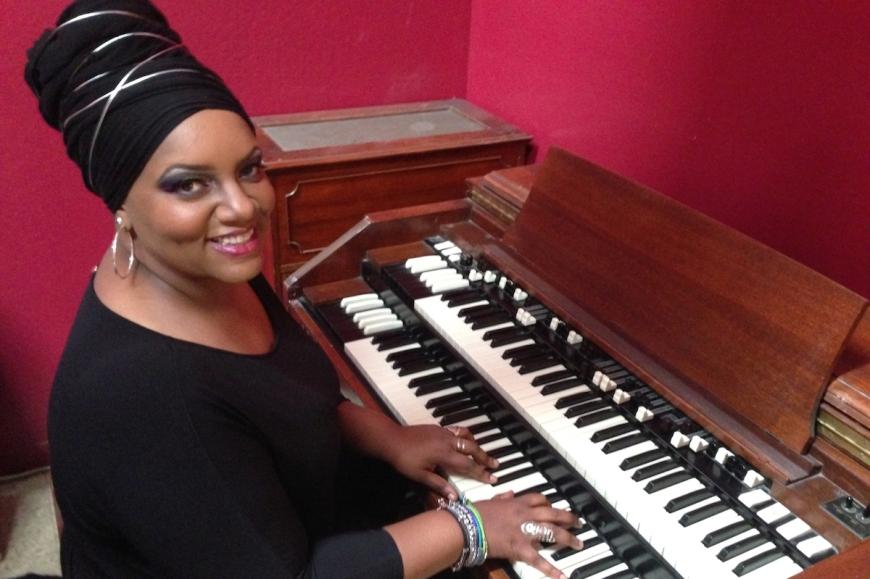
Part of what makes the B-3 such an essential bedrock of mainstream jazz is the instrument’s abiding ties to the Black church. Many of the finest organ players got their start playing for worshippers, like Oakland-reared Sundra Manning, who’s been a creative force on the Bay Area scene for decades. As a songwriting partner, music director, and accompanist she played an essential role in the rise of Ledisi. She’s toured with MC Hammer, earned a Grammy Award for her work with Lalah Hathaway, and performed with Larry Graham and Meshell Ndegeocello.
She credits her adaptability to her formative years in church, where “you’re constantly learning different songs in different styles,” she says. “You might learn 10 new songs and you have to be on point every week. But it’s also about the feel and how sensitive you are to the vibes and atmosphere you may be in at any given moment. It means you have the ability to deal with the unexpected while both controlling the situation and letting the situation — God, spirit, good vibes, joy, fun — have its way naturally. Gospel music is everything. It’s ever changing and evolving and always current, and it’s easy to bounce around to learn other styles if you have that foundation.”



